South Korea’s three main automakers, Hyundai, Genesis and Kia, have become the latest to adopt the North American Charging Standard first used by EV market leader Tesla.

Tesla has the largest network of public chargers in North America — and its Supercharger network is considered the most robust.
In all, nearly a dozen different automakers, from Fisker to Volvo, have announced similar moves now — with others reportedly in talks with Tesla — effectively establishing NACS as the de facto standard for plugging in electric vehicles in the North American market.
“This new alliance will provide Hyundai (Motor Group) EV owners confidence in their ability to conveniently charge their vehicles and complements our joint venture company to create a new, high-powered charging network with at least 30,000 stations across North America,” said José Muñoz, president and CEO of Hyundai Motor North America and president and global COO, Hyundai Motor Co.
That figure Includes 12,000 Superchargers operated by Tesla, as well as chargers operated by companies like ChargePoint, EVgo and Electrify America.
A bid to “boost customer satisfaction”
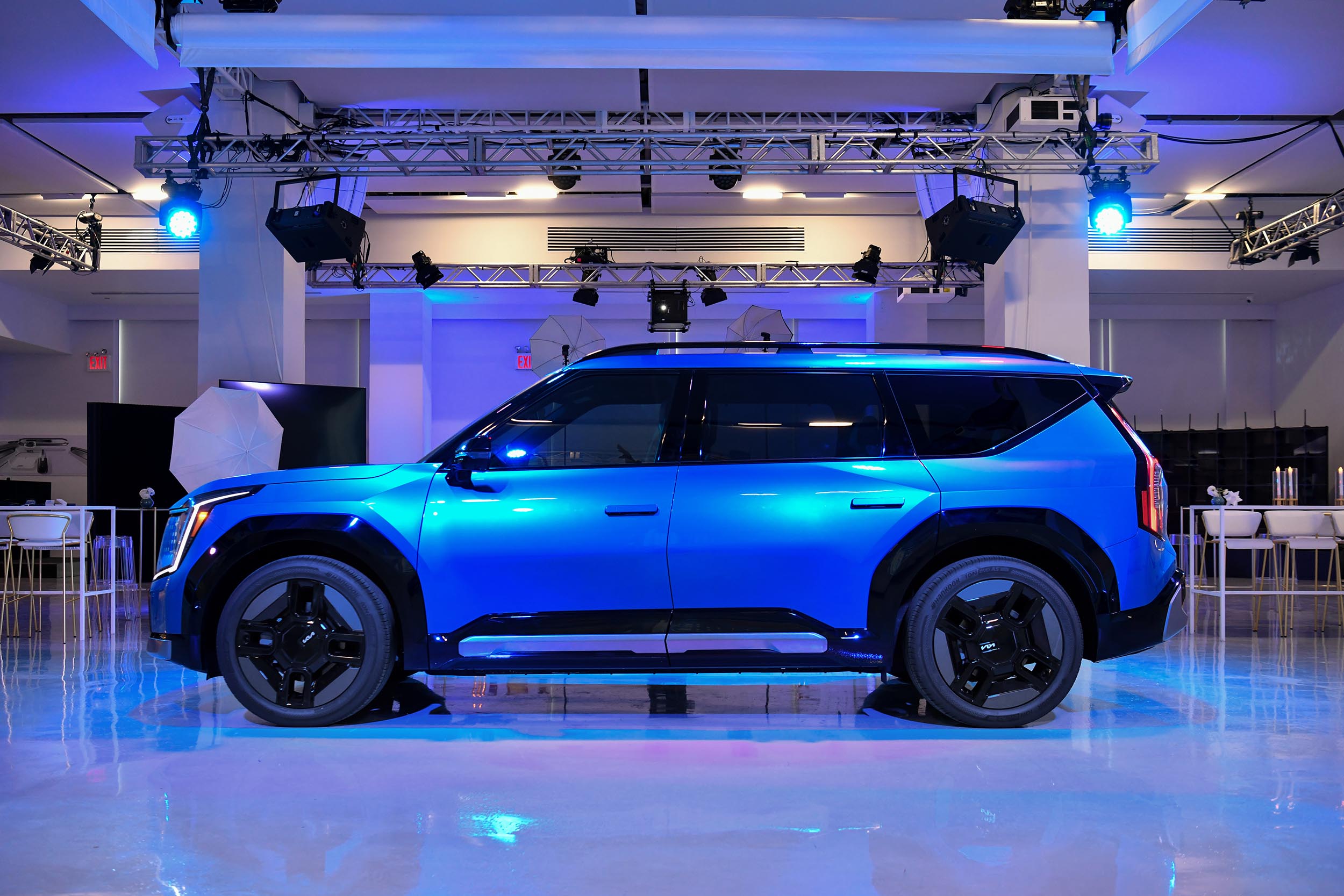
Like others partnering with Tesla, Kia will first use adapters for current vehicles to use the Supercharger network, then migrate to the NACS charger.
The three members of the Hyundai Motor Group have laid out aggressive electrification plans that should bring about 20 battery-electric vehicles to market late in the decade. That includes the new Hyundai Ioniq 6 sedan and three-row Kia EV9 SUV. Genesis this week announced a new extended-range version of its own GV60 crossover.
“Having this kind of sprawling access to chargers will no doubt boost customer satisfaction, elevate the EV ownership experience, and enable drivers to reach more destinations across the continent on electricity,” Seungkyu (Sean) Yoon, president & CEO, Kia North America and Kia America, said in a statement.
The three South Korean carmakers are just the latest in a rapid exodus from older charging standards to take advantage of Tesla’s vast Supercharger network. It not only has the largest number of public Level 2 and quick chargers but also they are widely considered the most reliable. Faulty chargers are considered as much of an obstacle to wider EV adoption as the lack of chargers in many communities, said John McElroy, an automotive analyst and host of the AutoLine webcast.
Finding common ground
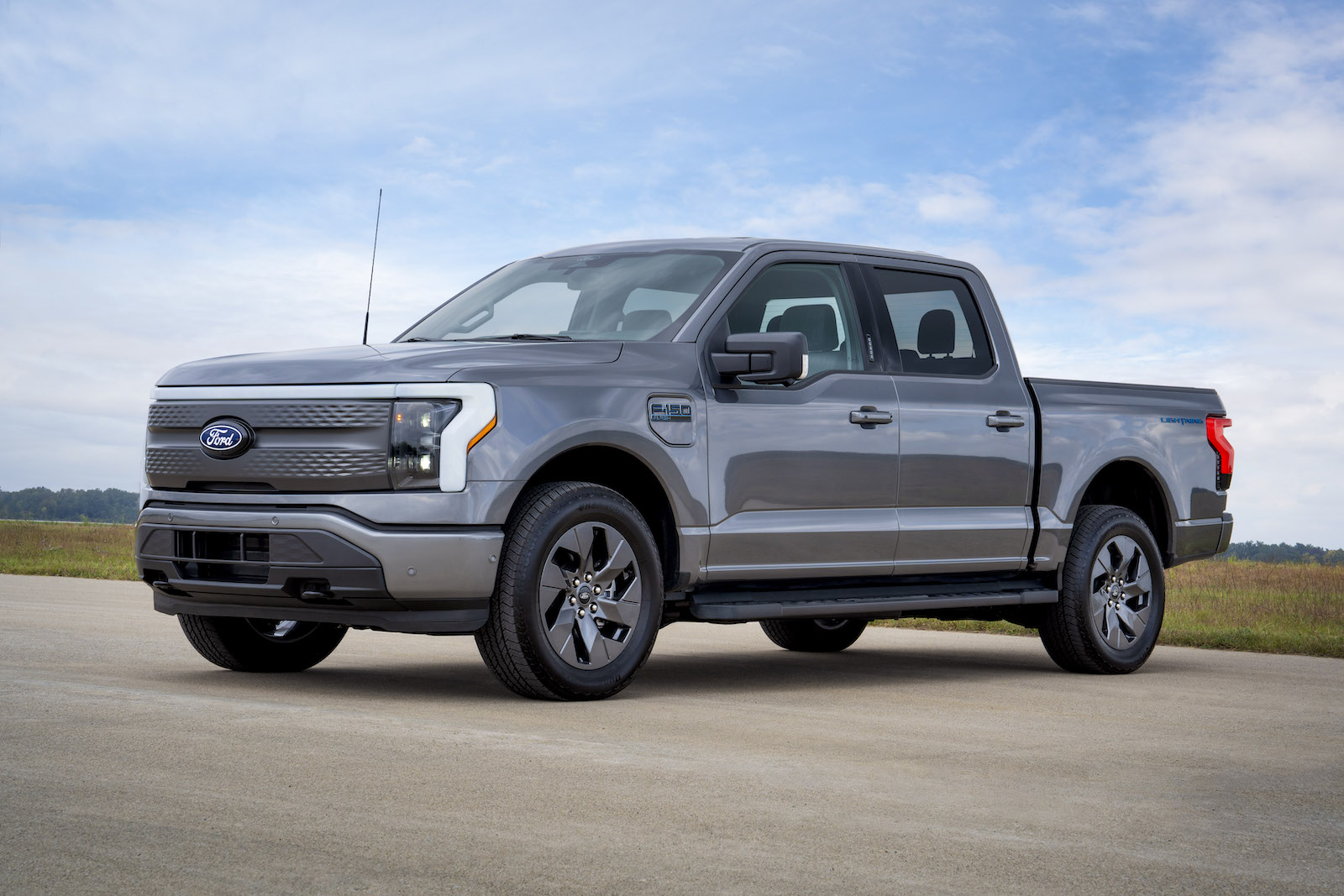
Ford plans to replace the current CCS plug on models like its new F-150 Lightning Flash starting in 2025. It will make Supercharger adapters available before then.
When the first mass-market EV, the Nissan Leaf, came to market, the automaker adopted a Japanese charging standard, CHAdeMO. It was ignored by other manufacturers who, in the U.S. preferred the Combined Charging Standard, or CCS, system. Even Nissan abandoned CHAdeMO with the arrival of its Ariya EV.
For its part, Tesla went with the unique NACS standard, while also setting up a vast network of Superchargers. CEO Elon Musk had hinted for several years that he might open the network up to competing manufacturers, something encouraged by the Biden administration as part of its EV push.
The breakthrough came in May when Ford inked a deal with Tesla. The deal not only will give Ford owners access to Tesla Superchargers using adapters but it means the Detroit automakers will switch to NACS plugs in vehicles like the F-150 Lightning by 2025.
Who’s making the switch
Since then, the switch has swept throughout the industry. Manufacturers who’ve confirmed they’re now onboard with Tesla include:
- Fisker, the dedicated EV startup that is just rolling out its first model, the Ocean SUV;
- Ford, which already offers the F-150 Lightning and Mustang Mach-E, with more coming;
- General Motors, which plans to have as many as 30 EVs in production by 2025;
- Honda, which just unveiled its first long-range EV models, the Honda Prologue and Acura ZDX;
- Hyundai, which is adding the Ioniq 6 to two other EVs already in showrooms;
- Jaguar, which plans to become an all-electric brand;
- Kia, which recently unveiled the EV9, a three-row SUV;
- Mercedes-Benz, which has an assortment of EVs in the market already, and more to follow;
- Nissan, the EV pioneer, which will move to its third charging standard after abandoning CHAdeMO and then CCS;
- Polestar and Volvo, twinned, Swedish-based brands both planning to go 100% electric.
- Rivian, another EV start-up that currently markets both a pickup and SUV.

Some competing charger networks, including Electrify America, plan to add NACS plugs at their charging stations.
Several other manufacturers are expected to follow, notably global giants Stellantis and Volkswagen.
Timing
With their announcements on Thursday, Hyundai, Genesis and Kia each said they will begin the switch by making adapters available by early 2025 allowing products with CCS plugs to connect to Tesla Superchargers. The three brands will then shift to the NACS system on their vehicles. Other manufacturers, such as Ford, GM and Mercedes, have laid out similar transitions.
Owners of vehicles using older CCS plugs will likely have to pay for those adaptors, though individual manufacturers are expected to lay out their own policies once the devices become available.
Separately, various charging networks, such as Electrify America and ChargePoint, have confirmed they will add chargers with NACS plugs at their locations. So has the new charging company announced earlier this year as part of a joint venture by seven major automakers.

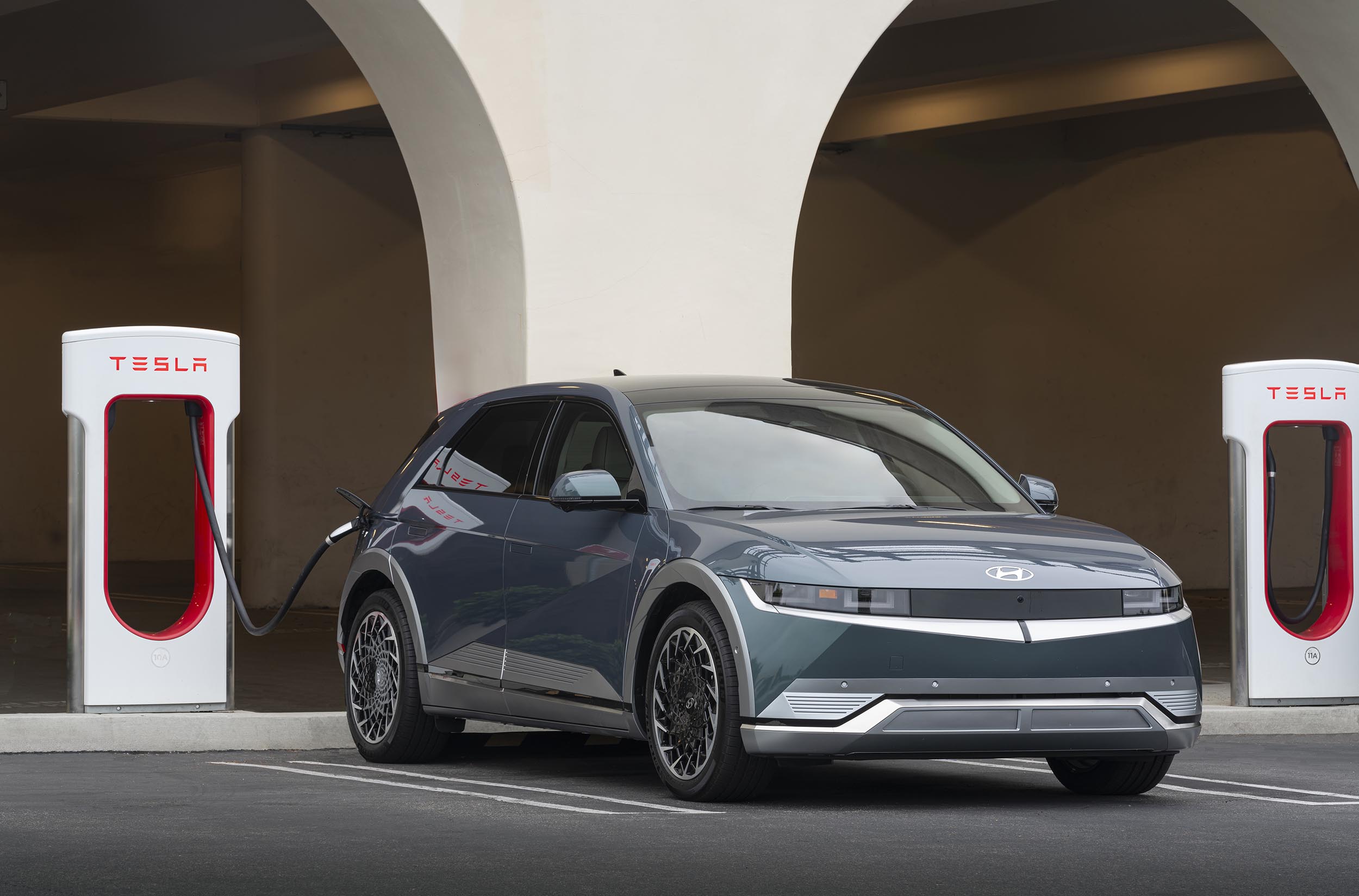

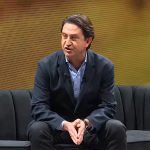
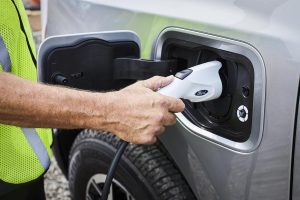
0 Comments